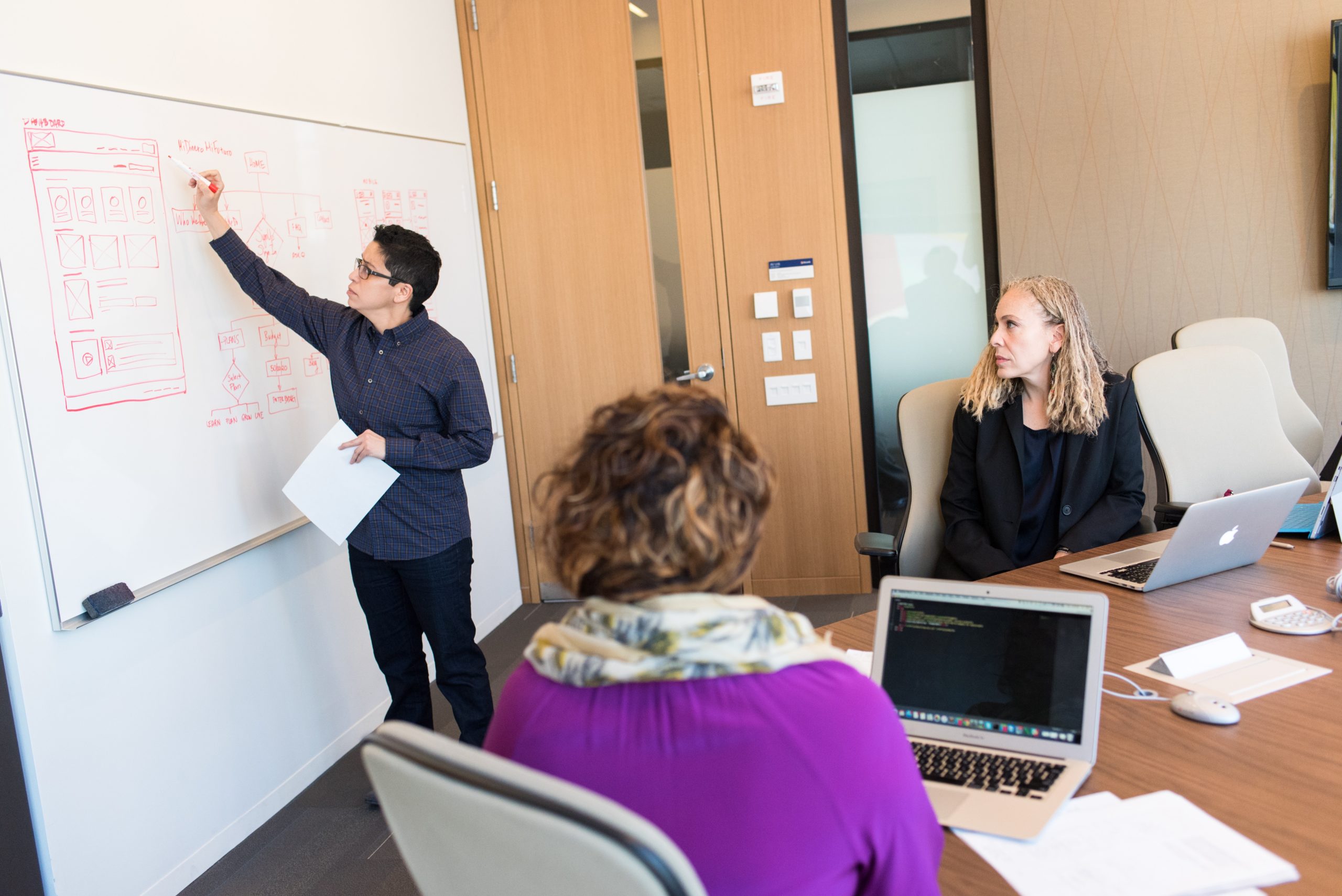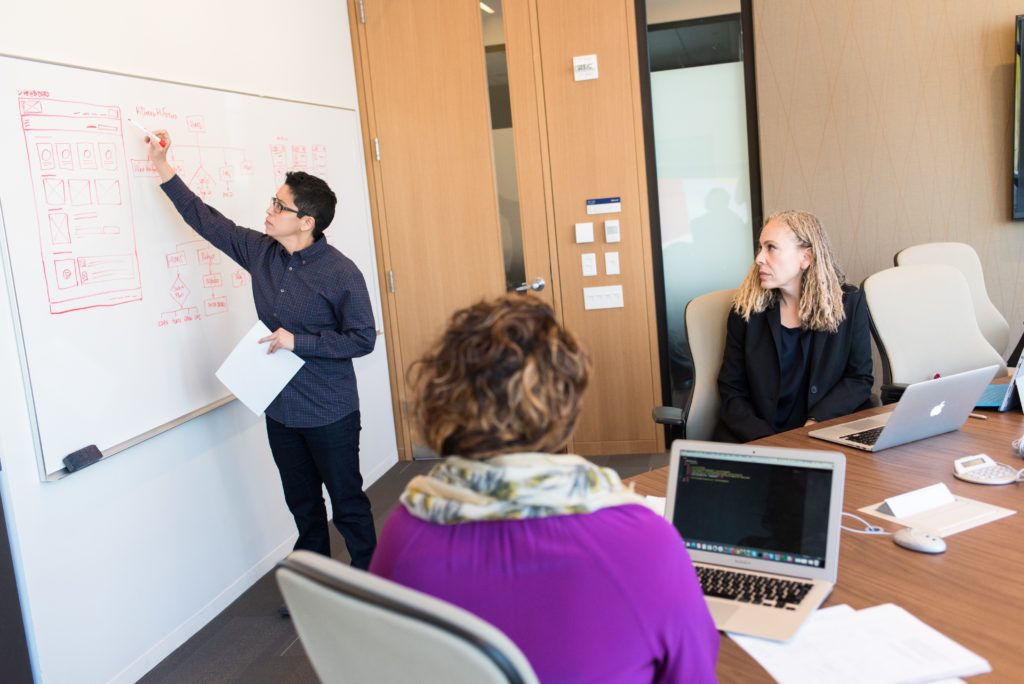Want to know the hottest leadership trend in 2022? Distributed Leadership.
Distributed Leadership empowers employees to lead themselves through shared leadership management models.
In this blog, we will discuss
- What is Distributed Leadership and how does it help organizations?
- The benefits of Distributed Leadership for both the individual and the company.
- How to implement Distributed Leadership in your own organization.
- Examples of successful companies that use Distributed Leadership – including Riverbend.
- The future of Distributed Leadership in business.
- What is Distributed Leadership and how does it work in organizations?
Distributed Leadership empowers employees to lead themselves through shared leadership management models. In essence, it creates one mission – multiple leaders. Traditionally used in educational institutions, this model is now being applied to business with great success.
- The benefits of Distributed Leadership for both the individual and the company.
Simply put, more leaders mean more leadership options. If a company exclusively relies on centralized power and heaven forbid, something happens to that authority, then the ability to make decisions is greatly compromised. If, on the other hand, companies spend the time to develop multiple leaders through distributed leadership models, they empower more team members to make decisions by being involved in critical business decisions.
This results in the following benefits:
- Helps organizations move faster and smarter.
- Enables organizations to make more effective decisions
- Synchronizes movement across platforms
- Drives iterative improvements
- Teams have the autonomy to make more efficient decisions without having to wade through the red tape and politics so often associated with traditional decision-making processes.
- Lends itself to a less competitive environment and greater internal creativity and collaboration through shared connection
- How can you implement Distributed Leadership in your own organization?
First, understand that this is conceptually a fundamental shift in the way you traditionally develop team members.
Use the following methods to fast-track this process.
- Let go and trust. Typical command and control models are limiting to team autonomy. Release the urge to micro-manage your team and accept that with new learning curves there will be mistakes – let go and let your team learn from these mistakes
- Find ways to disperse decision-making from one individual to a collective group.
- Allow others to lead. Traditional centralized control management teams have the urge to step up and lead, but fight this urge and empower junior management teams to take the reins.
- Be a coach, not a referee. Find ways to nurture growth and development. Establish recurring and consistent coaching opportunities, check-ins, and on-the-fly moments to reflect and encourage your team to lead.
- Examples of successful companies that use Distributed Leadership.
How Google uses distributed leadership
- They get to know their employees really well – both before they are hired and once onboard.
- They create innovative ways to reward and promote their high-performing employees.
- They enable their employees to own the problems they want to solve.
- They allow employees to function outside the company hierarchy.
- Employee performance reviews are conducted by peers for their objectivity and impartiality.
How Riverbend uses distributed leadership
- Like Google, we spend an inordinate amount of time hiring the right people. We hire well-rounded individuals that have more than a comprehensive resume. Riverbend believes that it’s the human element that matters most, not just your years of experience.
- We believe in sharing knowledge and collaboration and internal support on all levels of client engagement.
- We enable our team members to own the problems they want to solve.
- We continually switch up our project leadership and let others take the reins.
- We focus on TEAM not TITLES.

Distributed leadership relies heavily on mentoring and coaching your workforce, focusing on development and skill enhancement requires attentive and collaborative efforts.
Building skill sets for distributed leadership, such as strong listening and finding agency in collaborative efforts will be the key to your success–and that’s where Riverbend comes into play! In our workshops on managing change with confidence and distributed learning, together we explore what it takes to develop community leaders who are collaborative and focused on leaving a legacy for their company.




